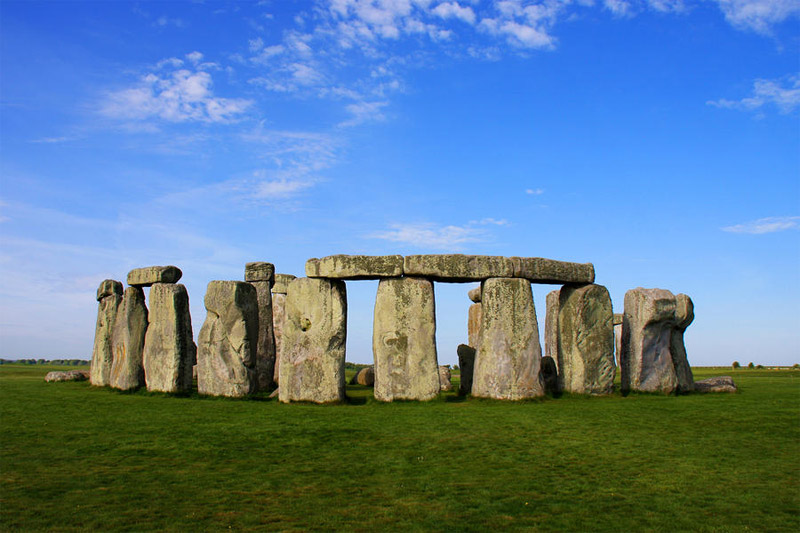
In the vast tapestry of Earth’s history, one element stands as an enduring witness to the passage of time – stones. From the ancient civilizations that marveled at their beauty to modern-day architects who harness their strength, หิน เดิน ได้ have held a remarkable place in human culture. This brief exploration will delve into the significance of stones across history, shedding light on their diverse uses and the symbolism they have come to embody.
Since the dawn of civilization, stones have played an integral role in shaping the course of human development. The Pyramids of Giza, colossal stone structures that have stood for millennia, are a testament to the ingenuity of ancient engineers. These monuments stand as both a tribute to the divine and a symbol of human achievement, highlighting the deep connection between stones and human aspirations.
Stones have been favored by architects for centuries, and their enduring popularity continues to this day. The use of stones in architecture extends far beyond mere structural support; it encompasses an artistic medium that adds character and timelessness to buildings. From the intricate carvings of Gothic cathedrals to the sleek lines of modern skyscrapers, stones offer architects a canvas on which to weave tales of human creativity.
Stones are not uniform; they come in an array of colors, textures, and properties. From the warm embrace of marble to the rugged charm of granite, each stone variety has a unique story to tell. The choice of stone can significantly impact the ambiance of a space, making the selection process a delicate blend of aesthetics and functionality.